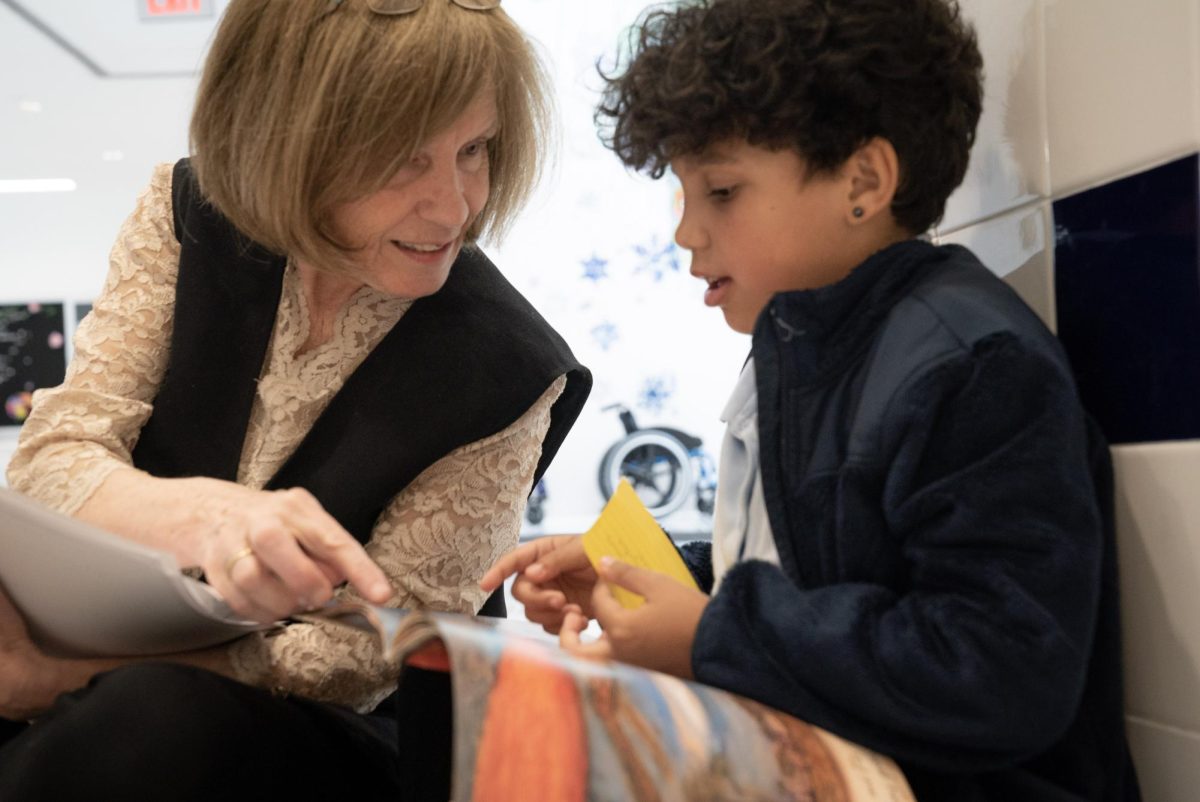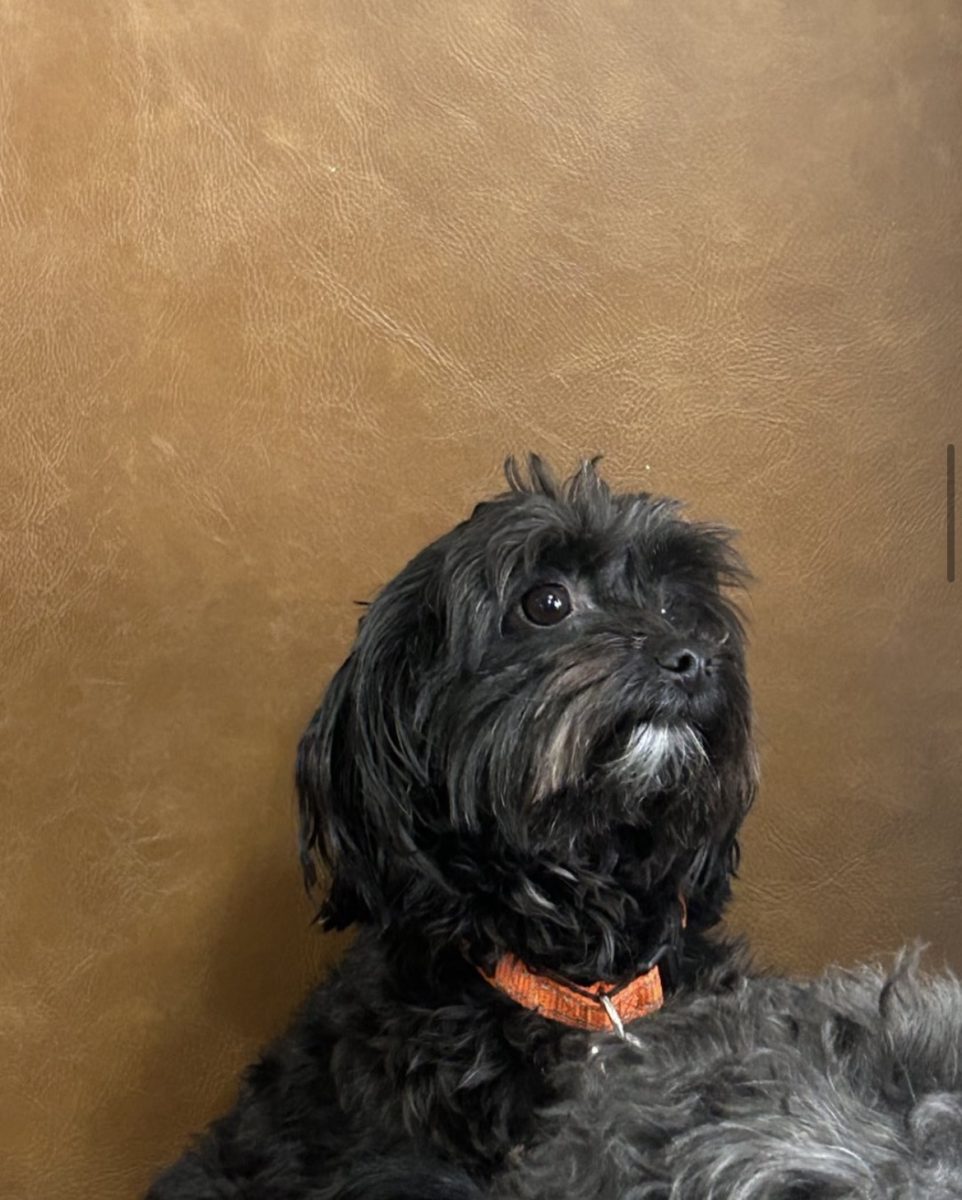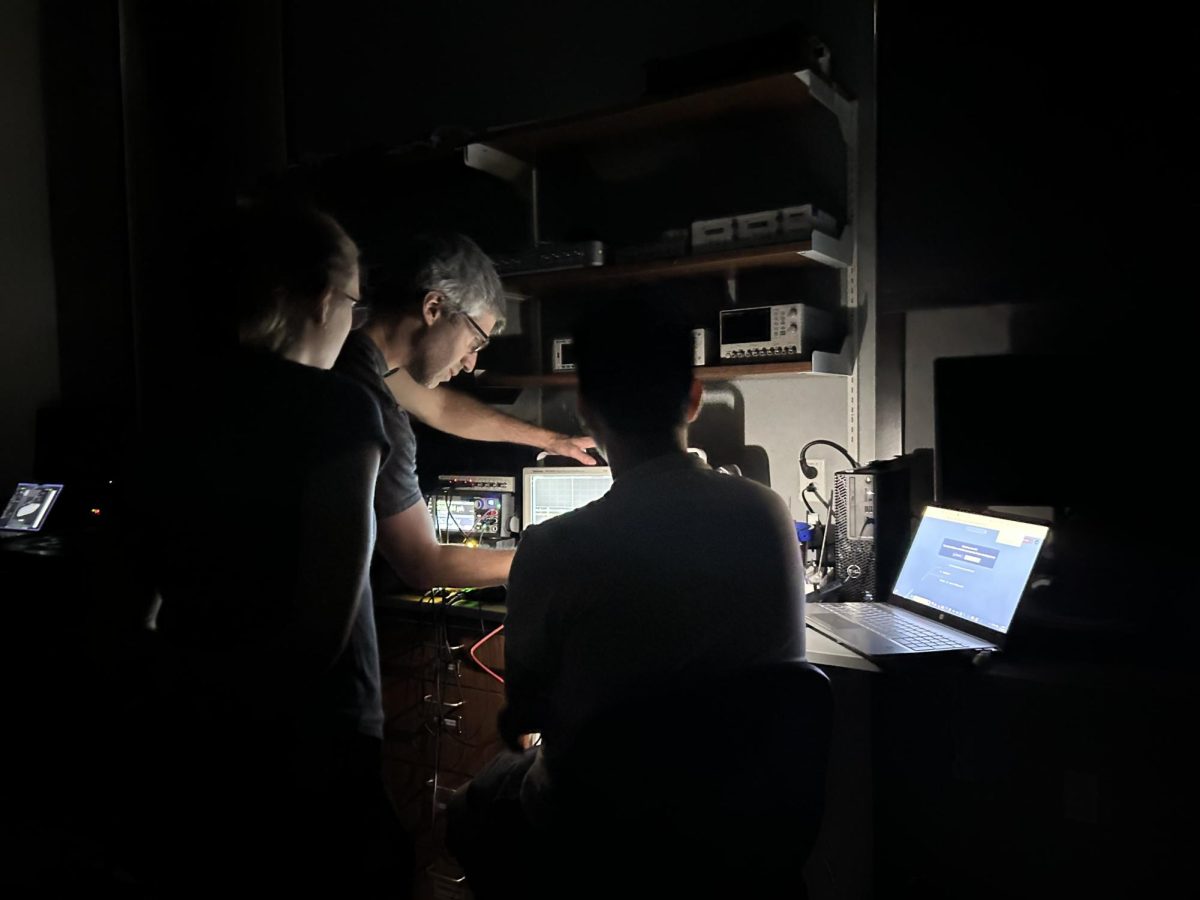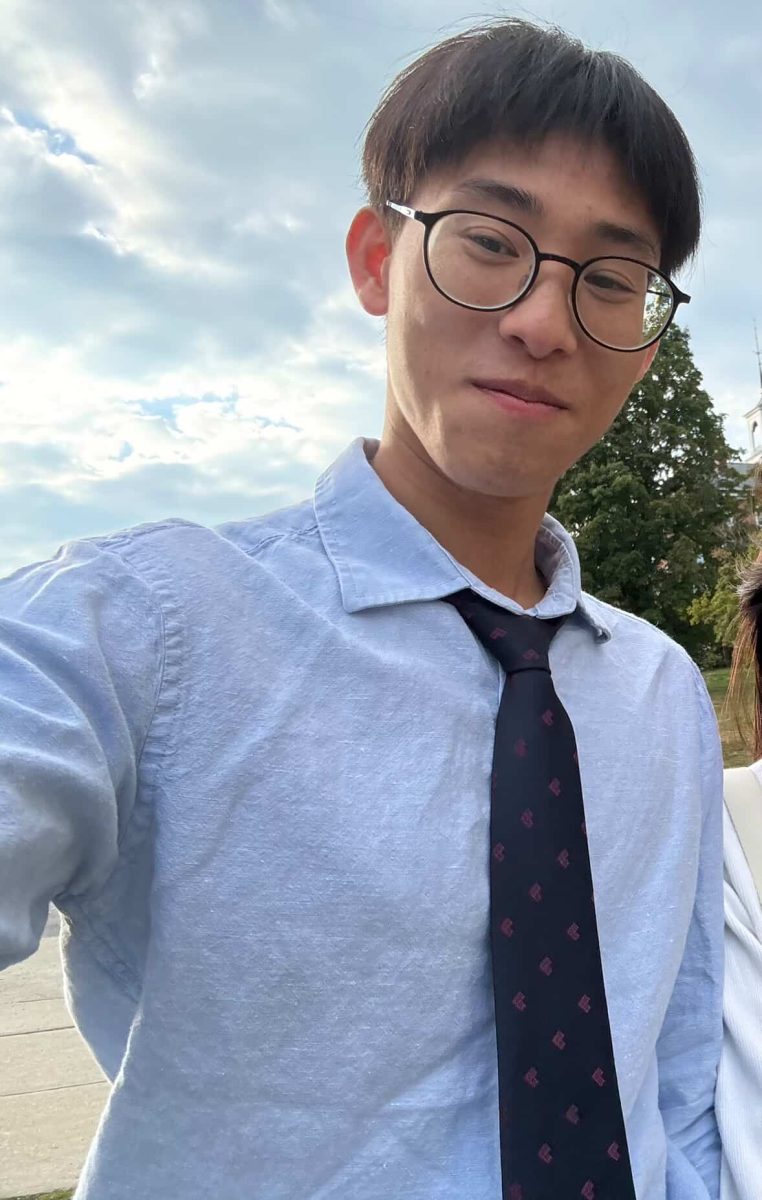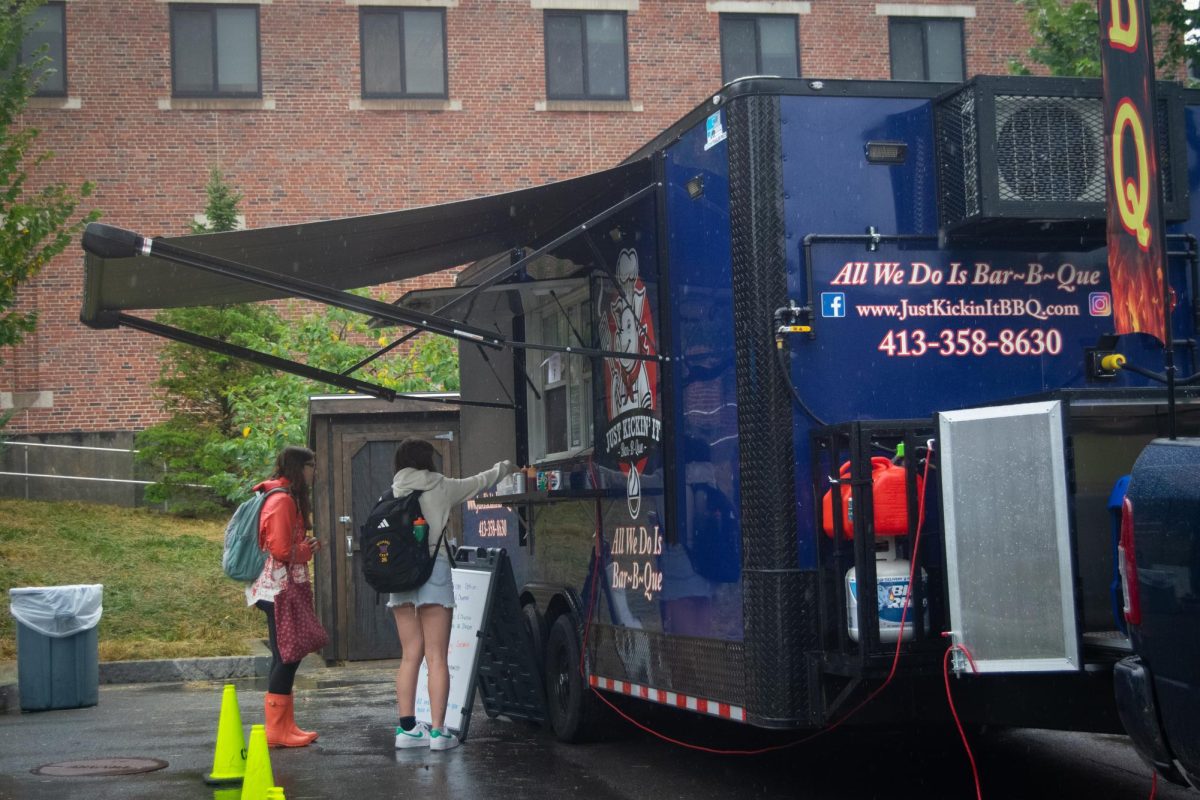If you’re a Williams College student reading this article, Lucy Calkins ’73 probably taught you how to do so. Maybe you memorized sight words. Maybe you learned to read through “just right” books for your reading level. Maybe your teacher had you guess how to pronounce an unknown word with context clues. Maybe you were encouraged to look at the surrounding pictures.
These are the hallmarks of Calkins’s Units of Study curriculum, which she designed at the Columbia University Teachers College. Her program was first mandated in New York City schools by Mayor Michael Bloomberg in 2003 and has since spread to school districts across the U.S. According to Calkins, Units of Study is a “balanced literacy” curriculum, which emphasizes learning words through their context and meaning rather than by letter sound. Units of Study, Calkins said, combines reader engagement with explicit instruction on the skills and strategies required for effective reading.
Calkins is largely influential in literacy education, and she is also largely controversial. The dominance of balanced literacy is often blamed for American students’ poor standardized test scores in reading and writing. New scientific research, her critics say, indicates that using phonics — sounding words out letter by letter — is the best way to teach reading and is more effective than Calkins’s theory of “whole word learning.” States have started dropping Units of Study, though Berkshire County public schools still use the curriculum.
Calkins has continued to lead the Teachers College Reading and Writing Project, and she still stands by Units of Study. The truth about the “reading wars,” she told the Record, is so much more complicated than her critics believe.
The Reading Workshop
When Calkins transferred to the College from Mount Holyoke College in 1971, she was one of the first women to enroll and was unaware that she would later work in education. As a religion major, Calkins considered divinity school after graduation. “I was interested in working with people finding significance in their lives,” she said. But not very religious herself, she decided against divinity school and instead became a teacher.
When she got a job at Weaver High School in Hartford, Conn., Calkins thought teaching would be an “intermediary step” on the path to a different career, she said. She taught at Weaver’s Alternate Learning Center, which aimed to address behavioral difficulties or educational deficiencies in its students. “[Weaver] was a very high-needs high school, and I found teaching enormously challenging,” Calkins said. “I felt very unprepared for it.” Calkins said she wasn’t the only teacher across the U.S. struggling to effectively teach students to read.
Calkins wanted to find a better way to teach and prepare teachers. After a few years at Weaver, she bought a plane ticket to London, England, and hitchhiked to Oxfordshire. At the time, the British primary school system was considered to be a highly effective education model — succeeding at teaching young readers where the U.S. was failing. Calkins wanted to learn why and how to teach better back home.
She took up a year-long unpaid internship at Bicester Primary School and then returned to the U.S. armed with a new understanding of British methods. For example, children in Oxfordshire were encouraged to develop their natural curiosity by writing, rather than rote penmanship practice. Calkins began working in Durham, Conn., where she helped start a progressive “open classroom” school.
After this experience, Calkins began the work that would make her famous. She joined the research team of a National Education Institute study about how children learn to write, and in the early 1980s, she began a doctorate at New York University in English Education.
Inspired by her research, she adapted the college-level “Writing Workshop” model, where students are encouraged to practice writing through journaling and discussion, for elementary-age students. Calkins’s version has children write about subjects that interest them rather than complete rote school assignments.
It was then that she first began to publish her work. “I thought that everything I was learning was so important and remarkable that I began to write about it,” she said.
In 1983, Calkins left NYU and moved to Columbia, where she founded the Reading and Writing Project at the Teachers College. There, she adapted her Writing Workshop model into a reading version. Her Reading Workshop strived to encourage students to want to read — and to read intuitively — by giving them a choice in the books they read and focusing on learning whole words and their meanings rather than sounding the words out. When Bloomberg asked her for a formal Reading Workshop curriculum for New York’s schools, Calkins adapted her work in reading education into Units of Study.
Today, Calkins leads a team of about 60 Units of Study curriculum developers. She estimated to The New York Times that one in four elementary schools in the U.S. mandate the curriculum, and while many others don’t formally implement Units of Study they use similar balanced literacy methods.
The Reading Wars
Just as Calkins’s work took the education world by storm, so too did a podcast by journalist Emily Hanford, Sold a Story, in fall 2022. Criticism of Calkins’s approach had already been rising for years, but it was Hanford who delivered a scathing indictment of Units of Study.
“Kids are not being taught how to read because for decades, teachers have been sold an idea about reading and how children learn to do it, and that idea is wrong,” Hanford said in the first episode. “The people who have been selling this idea — I don’t have any reason to believe they thought it was wrong … but they believed so deeply in their idea about how to do that that they somehow ignored or explained away a whole lot of evidence that showed the idea was wrong.”
“These people” largely refers to Calkins, now the target of parents’ and teachers’ ire across the nation. They have two main frustrations.
The first is that “literacy by vibes,” as The New Yorker dubbed Units of Study, isn’t based in science but is retrograde and should be phased out in favor of phonics. “[Calkins] says there are important things about how children learn to read that she didn’t know,” Hanford said in her podcast. “She told The New York Times earlier this year that my reporting helped change her mind, but the research showing those strategies were a bad idea has been around for decades. Why didn’t she know about it?”
Hanford pointed to decades of research — beginning in the early 2000s, before Units of Study was even implemented — that suggest phonics are far more effective at educating early readers.
Others fault Units of Study as a curriculum for the privileged, as students from affluent backgrounds grow up reading with support systems in place. These students, Calkins’s critics argue, grew up as Units of Study poster children: wealthy, enrolled in a well-rated school, and raised by well-educated parents who modeled and encouraged reading for pleasure. Children who take naturally to reading do just fine under Units of Study, they say, but those who do not — students with learning disabilities, for example — will struggle.
Berkshire County residents were upset with Calkins’s system as well. “Ever since the alphabet’s invention, phonics has been the method by which people universally learned to read,” Ruth Heuberger, a volunteer reading tutor in Great Barrington, wrote in a letter to The Berkshire Eagle. “However, for the past few generations of American schoolchildren, it was largely put aside in favor of Whole Word Recognition [the word-recognition philosophy of Units of Study]. Motivated children are hardly a positive example of this method as they often learn to read in spite of their educators. Today, tragically, perfectly average children cannot sound out the simplest words.”
Insofar as the reading wars can be won, phonics appear to be winning. In 2022, Calkins released an updated version of Units of Study that included daily phonics lessons for the first time. Many school districts or states have dropped Units of Study altogether or passed laws requiring similar phonics instruction.
The Reading Community
It’s been tough to receive so much criticism of her life’s work, Calkins said. She also described struggling with some of what she perceives as mischaracterizations in the media.
“They paint a picture of me as somebody who doesn’t teach phonics to young children,” she said. “I have 23 books on phonics that run thousands of thousands of pages — all on phonics.”
This year, Calkins created a new website, Rebalancing Literacy, where she published videos addressing the controversy. “Most educators, and I count myself among them, recognize that there are kids who need this and kids who need that,” Calkins said in a video referencing phonics and balanced literacy modes of teaching.
Senior Lecturer in Psychology Susan Engel said that the science-versus-Lucy Calkins dichotomy is far too simplistic. “The science of reading is not the same as the science of teaching reading in schools,” she said. “We know very little about what is being done now or should be done. It’s wonderful that Emily Hanford and others are encouraging educators to learn what scientists have discovered about how children become readers, but learning the psychological processes by which they master the elements of decoding and understanding what they’ve decoded is not the same thing as knowing what techniques and approaches will work in a real school setting.”
When considering the current backlash, Calkins clarified that her early work was inspired by her passion for education and desire to improve the flawed reading pedagogies of the 1970s and ’80s.
“I think teaching kids to read and to write is a calling,” Calkins said. “Helping them to live richly literate lives where they’re curious and they have passions and projects … all of that is, I think, really beautiful work.” That passion was what drew her to the Writing Workshop scientific research, and what led her to combine that science with her knowledge of young readers in the Reading Workshop.
The American public, according to Engel, has the wrong perspective of Calkins’s work. “We’re not doing worse than we were doing,” she said. “When Lucy Calkins introduced this curriculum, we didn’t slip backwards.”
Instead, developing pedagogy is an iterative process. It doesn’t make sense, Engel said, to hold Calkins accountable for what the pedagogical community didn’t yet know. “It’s like being furious that we didn’t know that mask wearing was good for the mask wearer and the other person, even three years ago, and we know it now,” she said. “Science progresses.” And applying science to real world settings is often incredibly challenging, she noted.
According to Engel, there is room for Calkins’s “this and that” — phonics and balanced literacy. But getting many children from many backgrounds to become readers requires collaboration and flexibility among scientists and practitioners. There’s really no room for finger-shaking or abrupt changes in curriculum and teaching methods, Engel said. The process is both too messy and too complex for that.
Units of Study created a community of teachers, but eventually, the reading wars tore that community apart. Throughout Calkins’s career, her work has been collaborative or under the close study of mentors. That’s how pedagogy best progresses, Engel and Calkins agreed: when teachers work together, not in opposition.
“Teaching can be lonely,” Calkins said. “One of my roles has been to create a community of practice so there’s a lot of teachers helping each other do this work. This great generosity of spirit and all of that has been lovely.”



